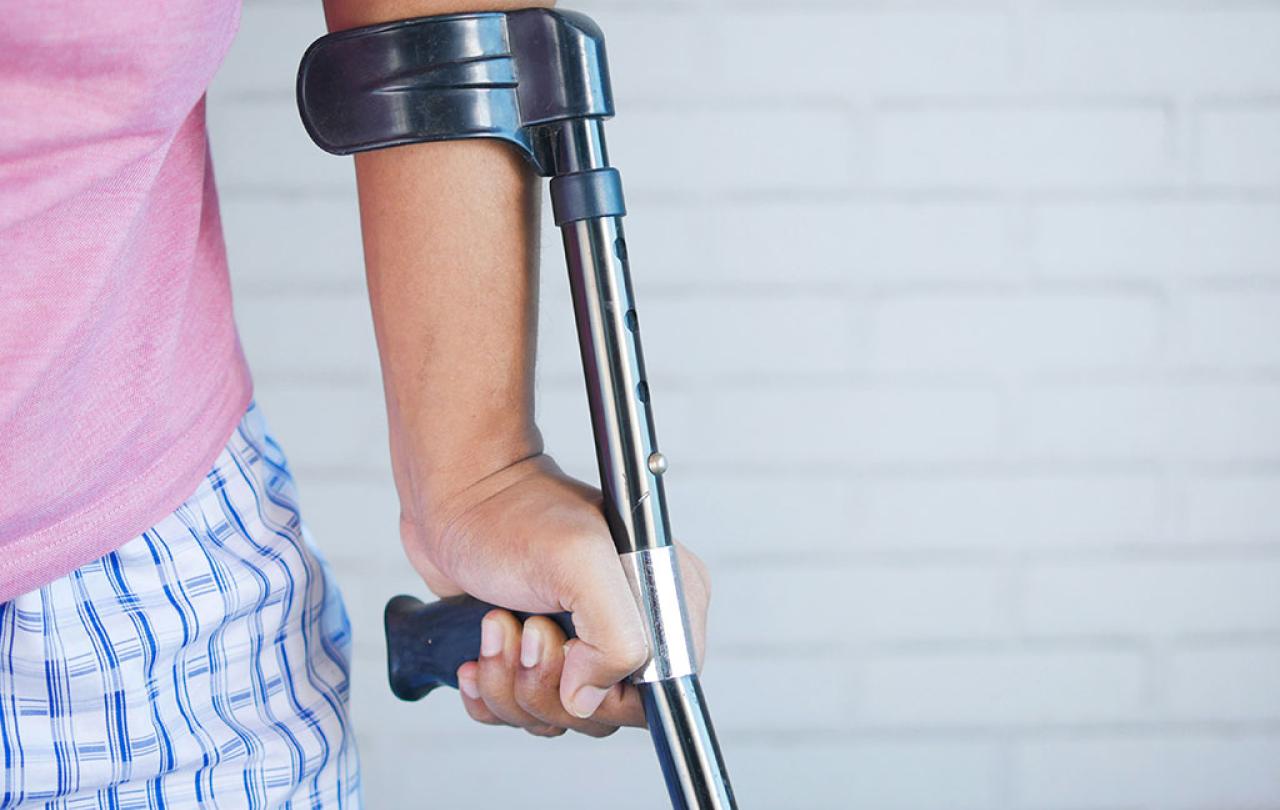Severance, the hit Apple TV series, garnered the most Emmy nominations at the star-studded 77th Emmy Awards. Colors and fame popped on the vibrant red carpet as Hollywood’s elite strolled along the walkway, exuding famous smiles, elegant evening wear, and their signature flair.
It was strikingly ironic, however, to see the Severance actors in such formal attire, ripe with ready-made smiles. Their presence was, well, very Hollywood. This contrasted sharply with their on-screen characters, who are typically set against a dark, desolate backdrop of despair, compelled to force smiles as if it were an immense burden on their very souls.
The stark contrast between the opulent Hollywood red carpet and the sterile, bland workspace Severance is set in underscores a core theme in the show: the tension between faith and doubt, belief and despair, light and darkness.
In the show, the main character Mark S. grapples with the challenge of navigating his own tension in his own calibrated nightmare of hope and despair. He has to cope with the sudden loss of his wife, and it's suffocating him.
His company, Lumon, helps him deal with this loss through a surgical procedure called Severance. This procedure implants a chip in his brain that creates two separate identities: an "Innie" for work and an "Outie" for home. These two co-existing selves are emotionally, physically, and psychologically unaware of each other, essentially severing the person's whole self into two pieces. Whatever they are trying to bury or escape, becoming “severed” keeps the person’s “Innie” from dealing with this delicate paradox of the “Outie”. In short, they don’t have to choose the light or the dark.
For Mark S., severance offers a thin thread of disguised hope, a potential breach in his unbearable pain.
In his Pensées, French philosopher Blaise Pascal explores this intrinsic human tension between faith and doubt, belief and despair - a fundamental aspect of the human experience. He says, "In faith there is enough light for those who want to believe and enough shadows to blind those who don’t."
He posits that the evidence between the light and the shadow is just enough to sway us in one direction or the other. It’s calibrated on either side allowing us to lean into our personal autonomy. We are free to choose the hope of the light or succumb to the despair of the darkness; the outcome depends entirely on what we choose.
Leaning into Pascal, the act of severance relieves Mark S. of this beautiful yet complicated tension.
A review on Reddit said it simply, “Severing allows Mark to just literally shut his brain off, get the work done, then go home and distract himself with TV and alcohol... he doesn’t want to let it go.”
It’s real pain and he doesn’t know how to manage it. The shadows are pervasive. However, by choosing severance, Mark avoids the light and the shadows. The more he relies on severance for hope or healing by attempting to bury the shadows, the more the shadows intensify - the shadows Pascal says will blind us in our disbelief.
The battle that Mark S. faces embodies the very tension that Pascal is surfacing. This tension of choosing the light or the shadows is something we all must face.
We all carry shadows wrapped in our own circumstances. I think many of us would likely prefer to avoid confronting them. They are painful. They are dark. They are heavy. In truth, if we had the choice I think many of us would likely choose an escape instead of dealing with the darkness, with the secrets and the pain that hide in our souls.
For example, many of us show up to work or to life like Mark S. in some version of our “Innie” - a professional face of compliance, rule following, corporate persona, goal oriented, etc. and leave the version of our “Outie” at home alone and isolated to wrestle with our demons, with our painful, confusing questions. We curate our internal messiness and disguise ourselves with our own “Innie”.
For some, our day job is an actual version of a self-imposed severance.
I wish this tension between the light and shadows Pascal speaks of was less “tense” to say it plainly, and yet it is an inherent, essential part of the human experience.
This faith that both we and Mark S. wrestle with, by its very nature, lacks complete clarity; this tension is, in fact, a testament to this profound mystery of life itself. It's the wonder of life. There’s just enough data for us to lean into the light and also just as much for us to lean into the shadows. What we see depends on what we choose to believe in.
This tension is similarly addressed in the Biblical book of Hebrews. It highlights Pascal's subtle paradox and defines faith as "the substance of things hoped for, the evidence of things not seen."
The freedom to choose “the substance of things hoped for”, this inherent tension of Pascal, is the true marvel and mystery of life. It’s both messy and wonderful.
Our capacity for choice, to engage with the light and shadows and to lean into one over the other as we wish is a profound gift.
While some find this very tension a reason for disbelief, Pascal tugs on this and says it's actually fundamental to belief, it's a wonderful component of the human condition - a true gift. It hints at the very essence of hope. It’s the same process we must engage when choosing to believe in or not to believe in something beyond our selves, and ultimately beyond this world.
This struggle, the shadows of pain and suffering and the light of hope and belief is precisely what makes us alive; it’s what makes us human. It points us to the heavens where hope and faith were authored.
The question isn’t whether we have an “Innie” or an “Outie”, a tension of light and darkness, of faith and doubt. We all do. We all wrestle with this essence. The question is do we have the courage to wrestle with these internal conflicts, enabling us to bring our whole selves - our flaws and pains, our joys and hopes - into every interaction.
This tension Pascal speaks of is ultimately a mirror that shows us, us. We are all tempted to numb our pain, divide ourselves, to compartmentalize the shadows. But Pascal reminds us there is always enough light to see, if we choose it.






